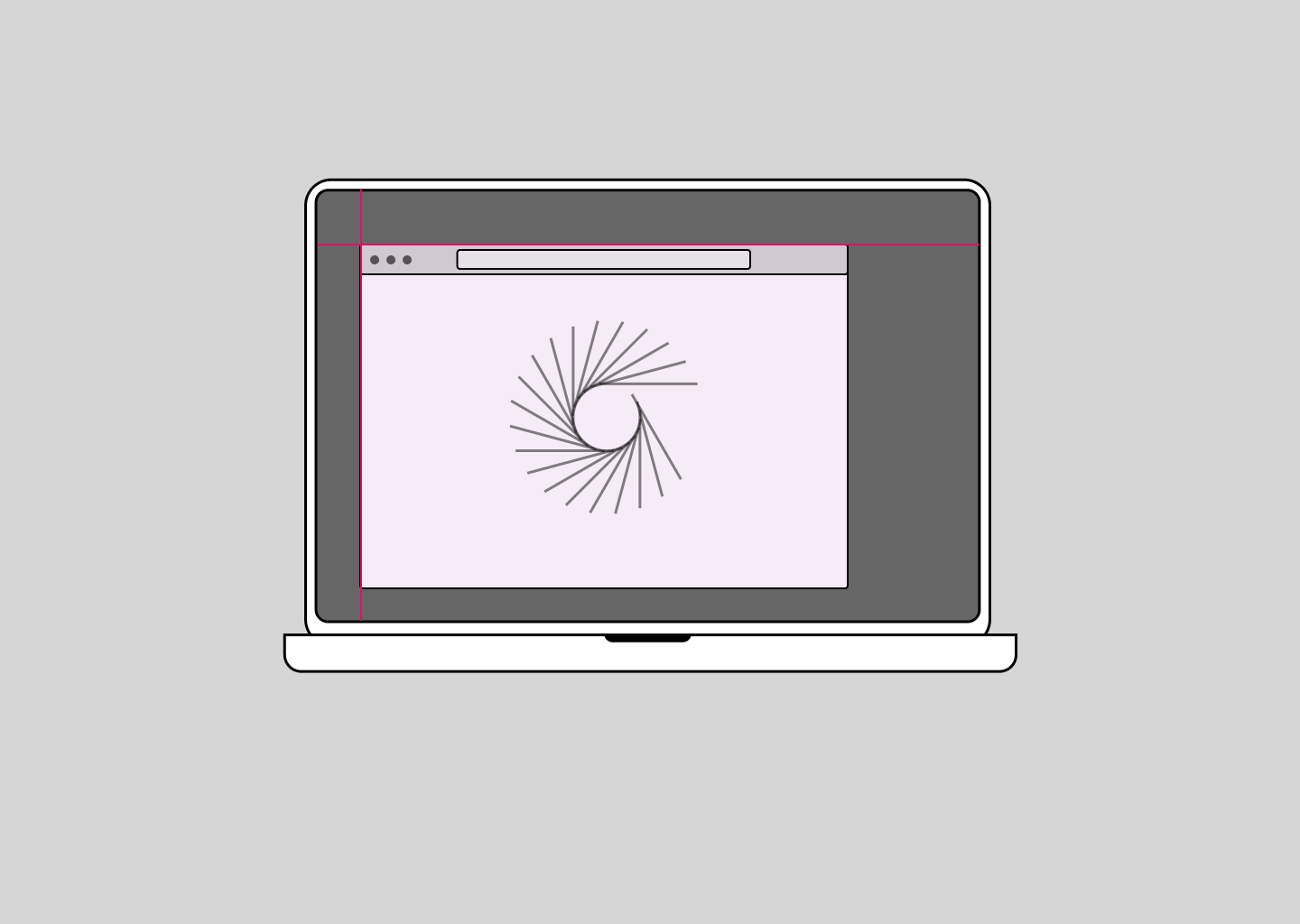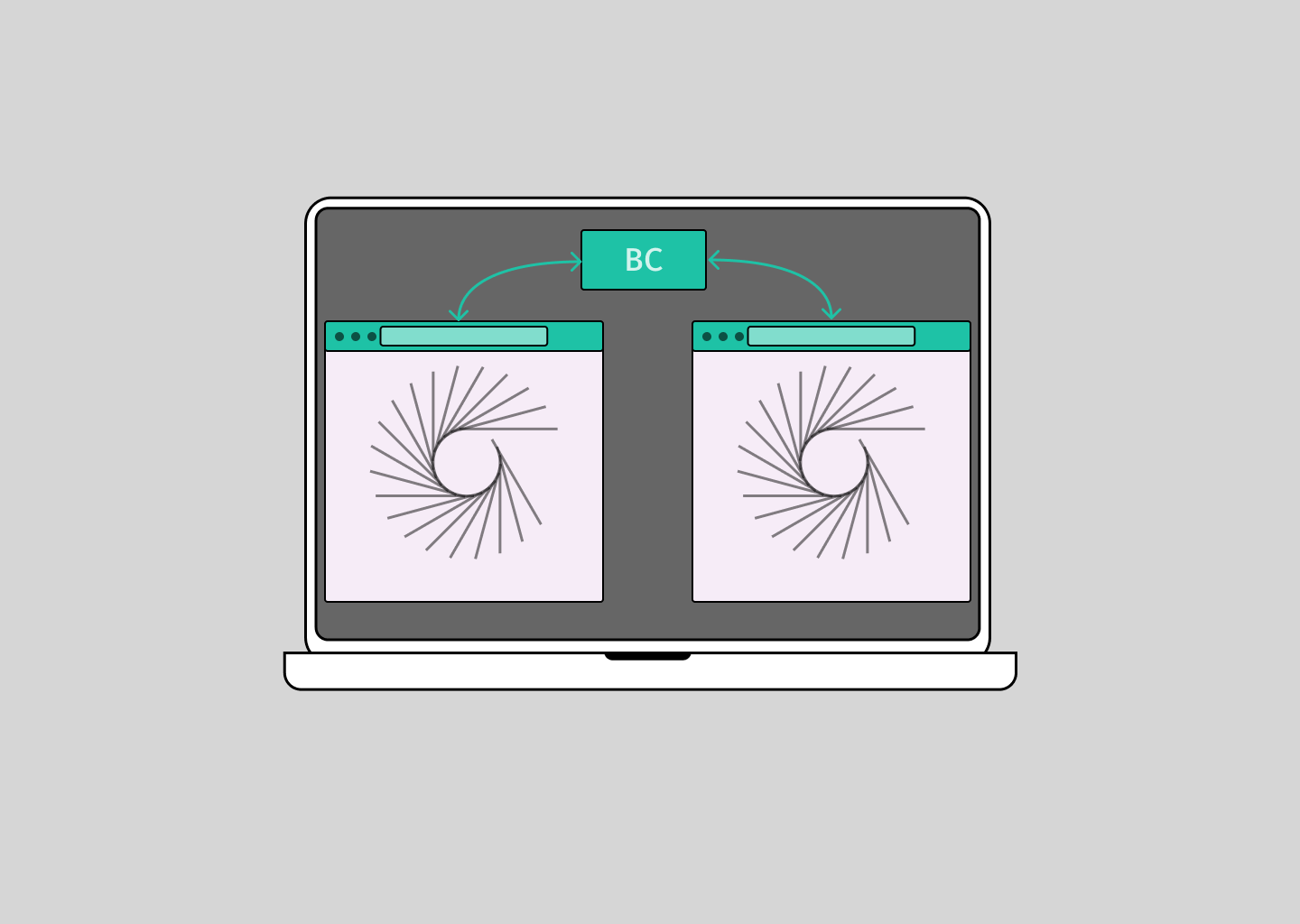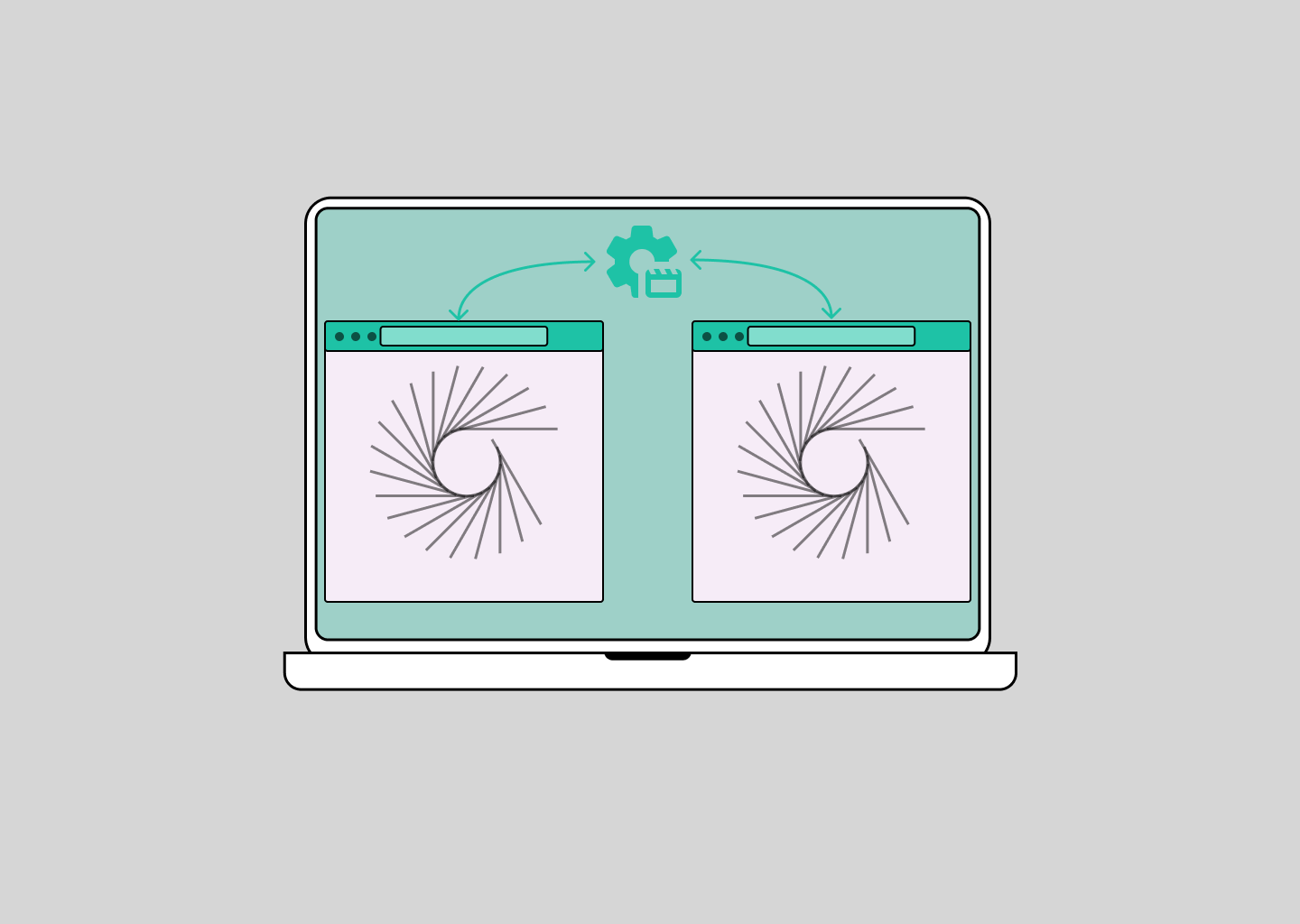In modern browsers, you can't directly track changes to the browser window's position on the screen due to
security and privacy restrictions. However, there is a partial workaround using the window.screenX and
window.screenY properties. These give you the x and y coordinates of the window relative to the user's screen.
You can monitor changes by polling these values at regular intervals. For example, you could use setInterval to
check every 500 milliseconds whether the values have changed, and then react accordingly. That said, this only
works reliably in popup windows or controlled browser environments. In normal browser tabs, these properties may
return zero or be blocked entirely depending on the browser and the platform. Some browsers also limit access to
this information altogether for security reasons.
If you're building something that needs to detect repositioning, consider whether you can achieve your goal
another way — for instance, by monitoring viewport size, scroll behavior, or window focus/blur events. Let me
know
what you're trying to build, and I can help you find a more robust approach.
Here's a simple example of how you might implement this:
The window and screen objects in JavaScript offer several useful properties that can help you understand and
respond to the browser window's behavior or environment—especially if you're working on something related to
window positioning or resizing.
Useful window Properties
window.innerWidth / window.innerHeight
Returns the viewport size (the visible area inside the window, excluding toolbars and scrollbars).
→ Useful for responsive design or checking if the window is minimized or resized.
window.outerWidth / window.outerHeight
Gives the full size of the browser window, including borders and toolbars.
→ Helps detect the total window dimensions, including chrome.
window.screenX / window.screenY
Returns the position of the window relative to the screen.
→ Handy for limited window movement tracking.
window.devicePixelRatio
Indicates the pixel density (e.g., Retina displays have a ratio > 1).
→ Useful when working with graphics or high-DPI support.
window.screenLeft / window.screenTop
Similar to screenX / screenY, more relevant for compatibility with older browsers.
→ Be cautious — support is inconsistent.
Useful screen Properties
screen.width / screen.height
Returns the total screen resolution (e.g., 1920×1080).
→ Helps understand screen context or scale window sizes accordingly.
screen.availWidth / screen.availHeight
Gives the available screen size, excluding system UI like taskbars.
→ Useful for centering popups or maximizing windows within usable space.




